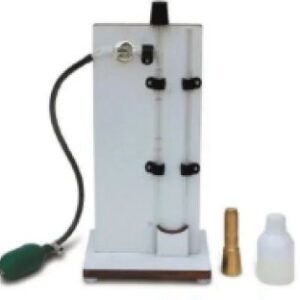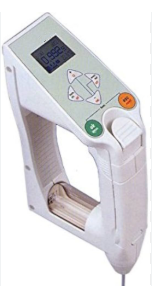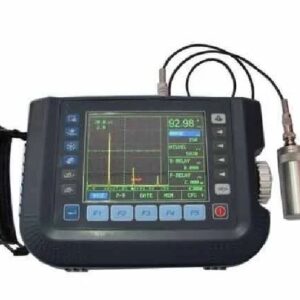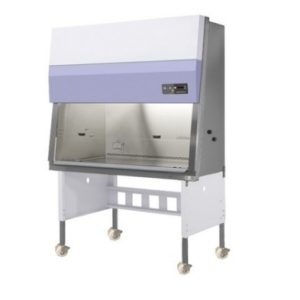INDUCTION MELTING FURNACE
MAKE DINESH SCIENTIFIC
DESCRIPTION:
An electric furnace that applies heat through induction heating of metal is called an induction furnace. Metals are melted and refined using it frequently. Here is a summary of its main attributes and functions:
PRINCIPLE OF OPERATION
INDUCTION HEATING:
- Utilizes the electromagnetic induction principle, which states that an electromagnetic field is produced when an alternating current flows through a coil. Eddy currents are induced in the metal charge by this field, resulting in thermal production.
NON-CONTACT HEATING:
- Melting techniques are effective and clean because the metal is melted without coming into direct contact with the heat source.
COMPONENTS
INDUCTION COIL:
- It is a water-cooled, copper-tube device that transmits alternating current.
CRUCIBLE:
- The container holding the metal charge. For it to endure high temperatures, refractory material is typically used.
POWER SUPPLY:
- Gives the induction coil the electrical energy it needs to produce alternating current.
COOLING SYSTEM:
- Keeps the induction coil and other components from overheating.
TYPES OF INDUCTION FURNACES
CORELESS INDUCTION FURNACE:
- Most popular kind, which is used to alloy and melt a variety of metals. The induction coil encircles a cylindrical crucible.
CHANNEL INDUCTION FURNACE:
- Features a separate channel through which the molten metal can pass; this is usually used for storing and superheating metals instead of melting them first.
ADVANTAGES:
ENERGY EFFICIENCY:
- High thermal efficiency with minimal heat loss.
PRECISE TEMPERATURE CONTROL:
- Allows for accurate control of the melting process.
CLEAN AND ENVIRONMENTALLY FRIENDLY:
- No combustion gases or pollutants are produced.
FLEXIBILITY:
- Melt a variety of metals including iron, steel, copper, aluminum, and precious metals.
TECHNICAL DETAILS:
MODEL |
DS-IMF-1200 |
| Equipment Type | Induction Melting Furnace |
| Material Capacity | 20 KG (Brass) |
| Melting Time | 30 Minutes |
| APPLICATION REQUIREMENTS | |
| Metals Melted | Capable of melting Brass and Aluminum |
| Melting Temperature | Operates within a range of 1000°C to 1200°C |
| CHARACTERISTICS OF RECOMMENDED POWER UNIT | |
| Rated Power | 25 kilowatts |
| Nominal | Furnace system |
| Maximum Power | 25 kilowatts |
| KVA Required at Input | 30 kilovolt-amperes under full load |
| Operating Frequency | 10 kilohertz |
| Line Power Factor | 0.95 (high efficiency) |
| Power Connection | 415 volts, 3-phase, 50 hertz supply |
| CHARACTERISTICS OF RECOMMENDED MELTING FURNACE | |
| Nominal Capacity (Brass Capacity) | 20 kg |
| Melting Time (From Cold) | 20-30 minutes |
| Tilting Mechanism | Electric motor driven automatic smooth tilting |
| Application | Water chilling unit |
| Crucible Material | Graphite & silicon carbide both |
| Chiller Type | Suitable for 25 KW panel |
| CHILLER TANK | |
| Extra Chiller Tank Capacity | 5000 liters |
| Purpose | Provided in the event of a power outage for emergencies |
| Temperature Measurement Systems | Includes furnace tripping system |
| Application | Ensures that during power outages, the furnace induction system is kept cool. |
| Function During Power Failure | Water gravitationally moves from the tank to the cooling coils and induction circuit. |
| Crucible Material | ½ % Kg Graphite & Silicon Carbide with proper handling arrangement provided with the furnace Measurement and Controls |
| Panel Indications | Voltmeter, ammeter, input/output supply indicator, and trip and interlock alarm systems (with a buzzer malfunction) |
| Automatic Temperature Control | Yes |
| Dashboard Facility | Allows setting temperature in steps |
| Power Control | Regardless of the amount or kind of metal, proper power regulation |















Reviews
There are no reviews yet.